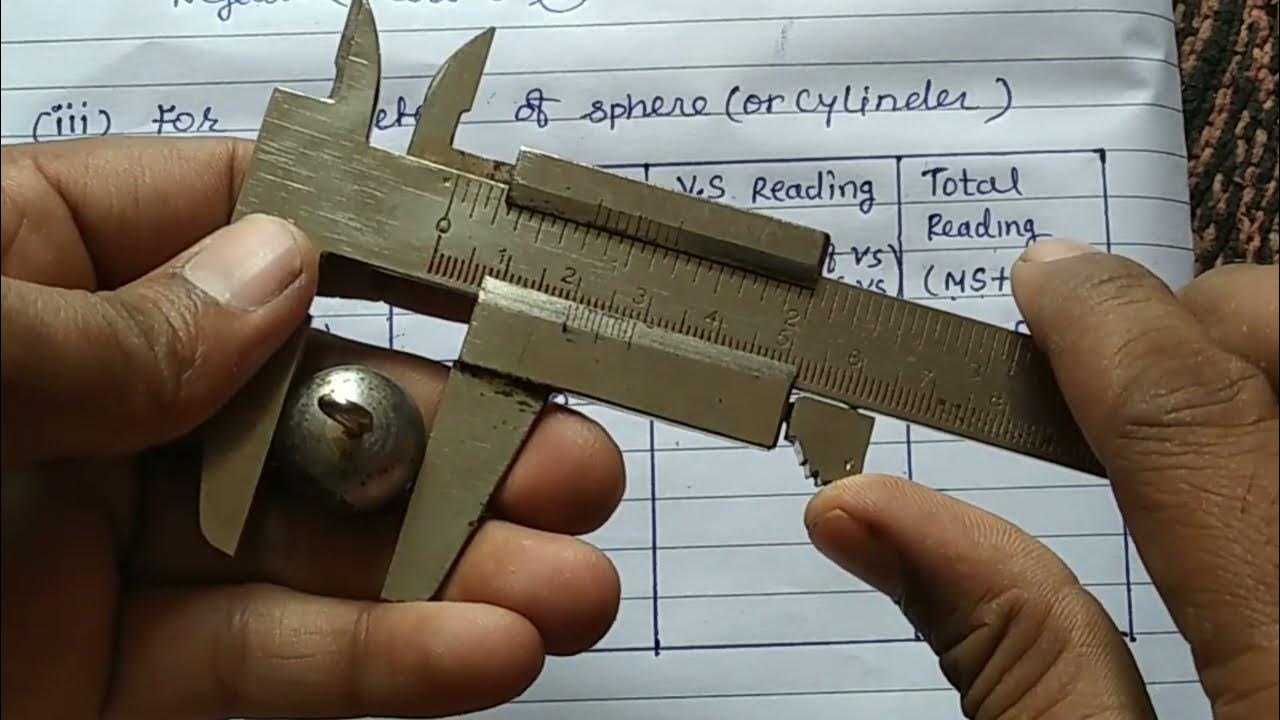cara membaca neraca ohaus 4 lengan
Summary
TLDRThis instructional video explains how to use a four-arm Ohaus balance scale. The speaker guides viewers through the steps to ensure the scale is balanced at zero, demonstrates how to adjust the scale, and explains how to place an object on it. They then walk through how to read the scale, starting with the largest measurement, and how to adjust and record each subsequent value. The final weight is calculated by summing the measurements from each arm of the scale. The video is a practical guide to understanding and using this type of balance effectively.
Takeaways
- 📏 The video focuses on learning how to use a four-arm Ohaus balance scale.
- 🔢 The scale has four arms, which is why it's referred to as a 'four-arm' balance.
- 🔍 Before conducting an experiment, the first step is to check the zero scale alignment to ensure balance.
- ⚖️ Adjust the scale until the pointer is aligned with the zero mark to make sure it is balanced.
- 🔄 The scale has adjustable parts that can be rotated to achieve alignment.
- 🧪 When weighing an object, place it on the designated platform on the scale.
- ➡️ Begin by adjusting the largest arm first, moving it in increments of 100 grams.
- ↔️ Continue adjusting the second and third arms based on the movement of the pointer.
- 🔬 After balancing, read the values from the largest arm to the smallest one for the final weight.
- 📊 The example in the video resulted in a total measurement of 184.65 grams.
Q & A
What is the purpose of the video?
-The video aims to teach viewers how to read an Ohaus four-arm balance scale correctly.
Why is the scale referred to as a 'four-arm balance'?
-It is called a 'four-arm balance' because it has four arms used for adjusting and measuring weight.
What is the first step before starting the experiment?
-The first step is to ensure the scale is balanced at zero by checking if the pointer is aligned with the zero mark on the scale.
How can you adjust the balance scale if it is not aligned at zero?
-You can adjust the balance scale by turning the adjustment knob until the pointer aligns with the zero mark.
Where should the object to be weighed be placed on the balance?
-The object to be weighed should be placed on the designated pan or tray on the balance.
How do you begin adjusting the arms of the balance?
-Start by moving the largest arm, which has values like 0, 100, or 200. If the pointer doesn't move, continue adjusting. If it overshoots, return it to its previous position.
What should you do after adjusting the largest arm?
-After adjusting the largest arm, proceed to adjust the second-largest arm in the same manner.
How do you know when the balance is correctly adjusted?
-The balance is correctly adjusted when the pointer is aligned with the zero mark again, indicating that the object’s weight has been balanced.
How do you read the final measurement from the balance scale?
-Once balanced, read the measurements starting with the largest arm, followed by the smaller arms, and add them together to get the total weight.
What was the final weight measured in the example?
-In the example, the final weight measured was 184.65 grams.
Outlines

このセクションは有料ユーザー限定です。 アクセスするには、アップグレードをお願いします。
今すぐアップグレードMindmap

このセクションは有料ユーザー限定です。 アクセスするには、アップグレードをお願いします。
今すぐアップグレードKeywords

このセクションは有料ユーザー限定です。 アクセスするには、アップグレードをお願いします。
今すぐアップグレードHighlights

このセクションは有料ユーザー限定です。 アクセスするには、アップグレードをお願いします。
今すぐアップグレードTranscripts

このセクションは有料ユーザー限定です。 アクセスするには、アップグレードをお願いします。
今すぐアップグレード関連動画をさらに表示

PETUNJUK PRAKTIKUM PENGUKURAN MASSA MENGGUNAKAN NERACA 4 LENGAN (OHAUS) KELAS 7

Alat Peraga Skala pada Denah

how to find the diameter of spherical/cylindrical body using vernier caliper/class11experiment 1 phy

How To Check Manual Blood Pressure | Easy Blood Pressure Tutorial For Medical Assistants

Peta Kontur atau topografi (Pembahasan Soal)

How to Access CCNA Physical Racks: Step-by-Step Guide for Beginners! | #networkershome
5.0 / 5 (0 votes)
